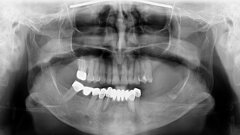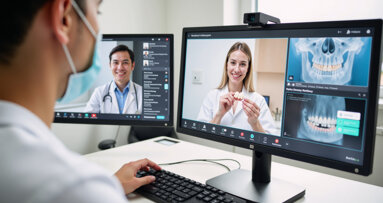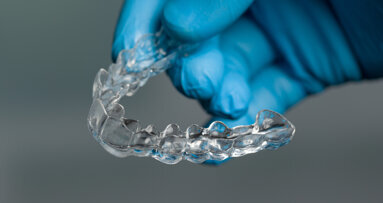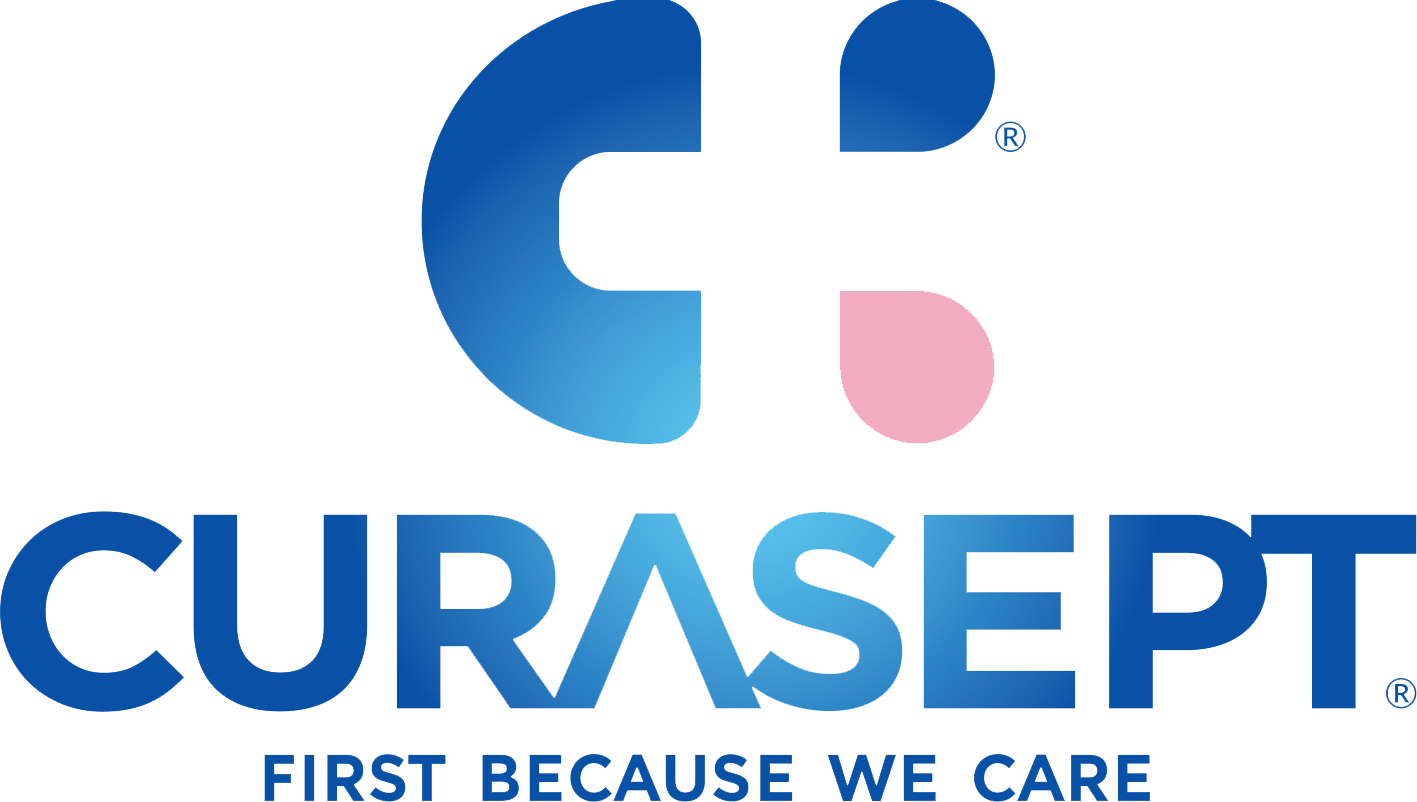LUXEMBOURG: Teledentistry gained momentum during the SARS-CoV-2 pandemic, and its increasing adoption continues to raise legal and ethical questions. In September, the Court of Justice of the European Union (CJEU) handed down a judgment on cross-border telemedicine that directly affects aligner treatment providers and their partner dentists across the EU.
In the case—Case C‑115/24 UJ v Österreichische Zahnärztekammer [2025] ECLI:EU:C:2025:694—the court clarified the circumstances under which orthodontic treatment delivered partly online and partly in the dental chair qualifies as telemedicine, which member state’s rules apply and whether foreign providers must comply with the professional regulations of the host member state. The case arose from an Austrian dentist’s cooperation with German companies offering aligner therapy under the DrSmile brand. Austrian patients were examined and scanned locally, and a German clinic prepared the treatment plan and managed the therapy remotely. The Austrian Dental Chamber sought an injunction on the grounds that such cooperation breached Austrian rules requiring personal, direct practice of dentistry and limiting who may operate a dental practice. Ultimately, the CJEU was asked to interpret EU rules on cross-border healthcare and telemedicine.
Telemedicine: Only fully remote care qualifies
The court’s first key step was to define what telemedicine means under EU law. It held that telemedicine is healthcare provided entirely at a distance via digital technologies. A briefing by law firm Taylor Wessing on the judgment summarised this by noting that the decisive factor is “solely that a health service is provided exclusively from a distance”.
In the DrSmile model, the court therefore distinguished between the in-person care performed in Austria and the remote orthodontic planning and monitoring conducted in Germany. The court emphasised that, even when a treatment pathway combines chairside and remote elements, each part retains its own legal classification.
Which law applies? Country-of-origin rule for telemedicine
The judgment established that, for cross-border treatment, in-person care is governed by the laws of the member state where the treatment physically takes place and that telemedicine, however, is governed by the laws of the member state where the remote provider is established. In practice, this means that a German clinic providing aligner treatment remotely to Austrian patients must comply with German law for the telemedicine part of the treatment, as well as with EU legislation on safety standards. By contrast, everything performed in person by the treating dentist in Austria remains fully governed by Austrian dental legislation.
No “virtual movement” of health professionals
The court also addressed whether EU rules on the temporary cross-border provision of services by health professionals apply where care is provided purely via telemedicine. It determined that these rules only apply when a health professional relocates to another member state to practise there. In the telemedicine scenario, the patient remains in his or her member state of residence, and the provider remains in his or hers; only the service crosses the border. In the case at hand, the court held that the German clinic could not be treated as a healthcare provider in Austria simply because it contracts with an Austrian clinician.
What about Austrian ownership and practice rules?
The Austrian Dental Chamber argued that the DrSmile model breached domestic rules requiring the dental profession to be practised personally and directly and restricting the ability of companies to operate dental practices unless they are wholly owned by dentists who are independently authorised to practise. For the telemedicine part of the treatment, the CJEU held that such Austrian legislation cannot apply, because EU law assigns regulatory competence to the member state in which the telemedicine provider is established. However, for the in-person care, the Austrian rules do apply, since that activity is purely domestic.
Whether national rules that restrict ownership of dental practices to dentists are compatible with EU laws relating to the free movement of services remains for national courts to assess in other cases. However, they will have to take this clarified approach to cross-border telemedicine into account.
Implications for dentists and aligner treatment providers
For everyday practice, the judgment gives rise to several practical takeaways for dentists, corporate providers and digital health startups:
1. Hybrid care must be treated as a set of legally distinct components. Chairside work remains fully governed by the laws and professional regulations of the member state where the clinician practises. The remote component is governed by the laws of the member state where the telemedicine provider is established. Dentists partnering with aligner providers in other member states must therefore think of the treatment not as a single service but as a bundle of distinct services, each subject to its own regulator and liability framework.
2. Foreign tele-aligner providers are not automatically illegal. If a provider is duly authorised in its home member state to deliver orthodontic care via telemedicine, it may offer those services cross-border, even if similar remote care would not be allowed under the host member state’s domestic rules for its own dentists. Host member states may still intervene in individual cases to protect public health—against unsafe or misleading services, for example—but blanket bans or attempts to subject foreign telemedicine providers to all local corporate and practice rules will be difficult to defend.
3. Associations and regulators remain key for in-person care. National dental associations retain their full role in overseeing in-person dentistry carried out within their territory. They act to ensure that clinical standards and professional conduct rules are observed, to ensure that advertising, consent and record-keeping comply with national rules, and to ensure that local dentists collaborating with remote providers are not pressured into unsafe or substandard practices.
What they cannot do is treat the foreign telemedicine provider as if it were a local practice subject to all domestic rules governing the organisation and ownership of dental practices.
4. Contracts and communication matter more than ever. For dentists considering partnerships with cross-border tele-aligner companies, the ruling underlines the need for:
- contracts that clearly set out who is responsible for diagnosis, treatment planning, follow-up and management of complications;
- transparent patient communication that makes it clear to patients which provider is acting where and under which law and whom to contact if something goes wrong; and
- robust data protection and consent procedures that safeguard patient information, especially when data is transmitted across borders for telemedicine planning and monitoring.
Next steps
The case now returns to the Supreme Court of Justice of the Republic of Austria, which must apply the CJEU’s interpretation to the specific facts and decide whether to grant the Austrian Dental Chamber an injunction. For dentists across Europe, the message is mixed. Cross-border tele-orthodontic treatment now has a clearer legal framework and potentially wider scope; however, local professional responsibilities have not been diminished, and the shared-care model makes it even more important for dentists to understand where their duties begin and end.
Editorial note:
This article is a general summary of the court ruling and does not constitute legal advice. Dentists and service providers should obtain specialist legal counsel before changing business models or entering into new cooperation agreements.
Topics:
Tags:
SAN JOSE, Calif., US/SHANGHAI, China: Align Technology has filed patent infringement lawsuits against its leading Chinese competitor, Angelalign Technology....
JAKARTA, Indonesia: A large-scale teledentistry initiative in Indonesia has helped people brush more frequently and improved oral health awareness, ...
BURNABY, British Columbia, Canada: Aligners have become a popular treatment modality for malocclusion in adults, owing to their convenience and aesthetic ...
LONDON, UK: Digital technologies have changed the way in which we live and the ways in which we align teeth. According to leading UK orthodontic specialist ...
SILVER SPRING, Md., US: The US Food and Drug Administration (FDA) has announced new enforcement actions to restrict the sale of ingestible fluoride drug ...
HANOI, Vietnam: Conventional methods for bonding auxiliary buttons in aligner therapy detract from their substantial clinical benefits for elastic traction ...
CARDIFF, Wales: As humanity continues to lean into artificial intelligence (AI) and digital technologies for all manner of basic life challenges, the realm ...
Live webinar
Mon. 24 November 2025
12:30 pm EST (New York)
Live webinar
Tue. 25 November 2025
11:00 am EST (New York)
Live webinar
Tue. 25 November 2025
12:00 pm EST (New York)
Sandra Bühler, Stefanie Schneider
Live webinar
Tue. 25 November 2025
2:00 pm EST (New York)
Live webinar
Wed. 26 November 2025
1:00 pm EST (New York)
Live webinar
Wed. 26 November 2025
3:00 pm EST (New York)
Live webinar
Thu. 27 November 2025
1:00 pm EST (New York)
Prof. Dr. Dr. Christian Walter, Dr. med. dent. Bayadse Morse



 Austria / Österreich
Austria / Österreich
 Bosnia and Herzegovina / Босна и Херцеговина
Bosnia and Herzegovina / Босна и Херцеговина
 Bulgaria / България
Bulgaria / България
 Croatia / Hrvatska
Croatia / Hrvatska
 Czech Republic & Slovakia / Česká republika & Slovensko
Czech Republic & Slovakia / Česká republika & Slovensko
 France / France
France / France
 Germany / Deutschland
Germany / Deutschland
 Greece / ΕΛΛΑΔΑ
Greece / ΕΛΛΑΔΑ
 Hungary / Hungary
Hungary / Hungary
 Italy / Italia
Italy / Italia
 Netherlands / Nederland
Netherlands / Nederland
 Nordic / Nordic
Nordic / Nordic
 Poland / Polska
Poland / Polska
 Portugal / Portugal
Portugal / Portugal
 Romania & Moldova / România & Moldova
Romania & Moldova / România & Moldova
 Slovenia / Slovenija
Slovenia / Slovenija
 Serbia & Montenegro / Србија и Црна Гора
Serbia & Montenegro / Србија и Црна Гора
 Spain / España
Spain / España
 Switzerland / Schweiz
Switzerland / Schweiz
 Turkey / Türkiye
Turkey / Türkiye
 UK & Ireland / UK & Ireland
UK & Ireland / UK & Ireland
 Brazil / Brasil
Brazil / Brasil
 Canada / Canada
Canada / Canada
 Latin America / Latinoamérica
Latin America / Latinoamérica
 USA / USA
USA / USA
 China / 中国
China / 中国
 India / भारत गणराज्य
India / भारत गणराज्य
 Pakistan / Pākistān
Pakistan / Pākistān
 Vietnam / Việt Nam
Vietnam / Việt Nam
 ASEAN / ASEAN
ASEAN / ASEAN
 Israel / מְדִינַת יִשְׂרָאֵל
Israel / מְדִינַת יִשְׂרָאֵל
 Algeria, Morocco & Tunisia / الجزائر والمغرب وتونس
Algeria, Morocco & Tunisia / الجزائر والمغرب وتونس
 Middle East / Middle East
Middle East / Middle East











































To post a reply please login or register